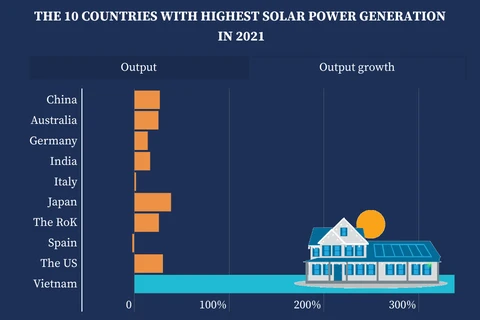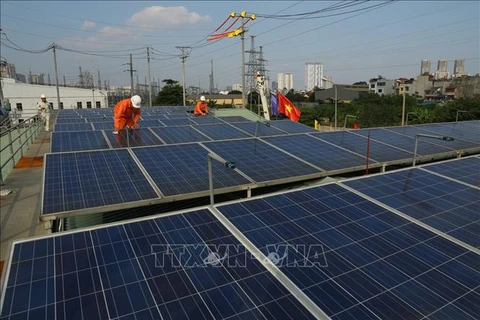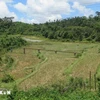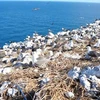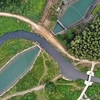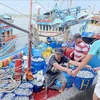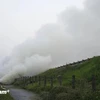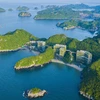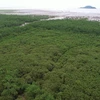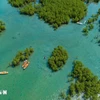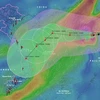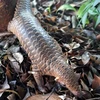 The degradation of the coral reef ecosystem in the core zone of Nha Trang Bay Marine Protected Area. (Photo: VNA)
The degradation of the coral reef ecosystem in the core zone of Nha Trang Bay Marine Protected Area. (Photo: VNA) Huynh Binh Thai, head of the Nha Trang Bay Management Board, said that the cameras would be installed on the island to monitor fishing boats and submersibles in the conservation area.
Underwater diving cameras were also proposed to facilitate the observance of coral growth.
Along with the installation of cameras, the Vietnam-Russia Tropical Centre and the Nha Trang Institute of Science and Technology for Aquaculture under Nha Trang University will pilot coral restoration in some areas of Hon Mun. They then would choose the optimal method to restore coral on a large scale.
Nha Trang Bay is nearly 250 square kilometers wide, and one of 16 marine protected areas in Vietnam.
It has many corals and the richest and most diverse ecosystems in the country. It is also famous for diving beaches, attracting tourists to scuba dive and see the ocean floor.
However, coral in some areas in the bay has seriously declined. Notably in Hon Mun conservation area, more than 10km from Nha Trang City, coral coverage declined from more than 50 per cent seven years ago to just about 10 per cent now, depending on specific areas.
At some locations around the island, hundreds of square metres of coral were damaged, and in some areas, severe coral bleaching occurred.
Coral bleaching occurs when corals are stressed by changes in conditions such as temperature, light, or nutrients, and they expel symbiotic algae living in their tissues, causing them to turn white.
Khanh Hoa authority last month decided that from June 27, swimming and diving activities were suspended in some areas in Nha Trang Bay, especially Hon Mun island.
"Now, people can only dive in Hon Rơm area and only divers with professional licences are allowed," Thai said.
Currently, the management board is coordinating with the Việt Nam-Russia Tropical Centre to reclassify the coral areas in Nha Trang Bay, and recommend which areas are allowed to operate tourism activities and which are not./.
VNA

